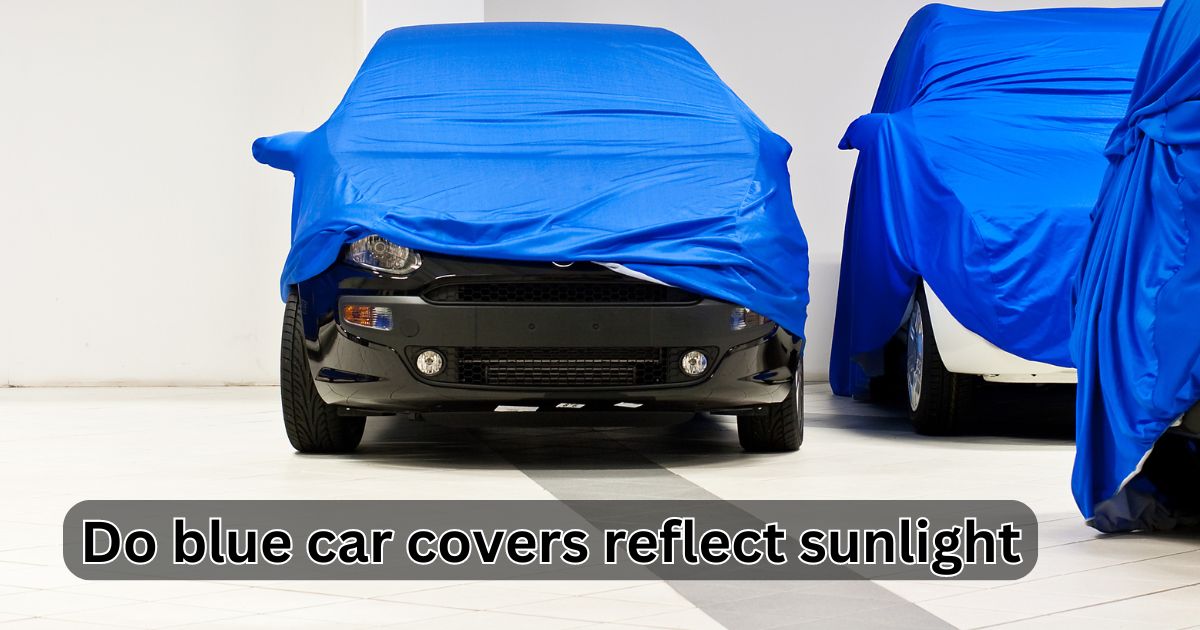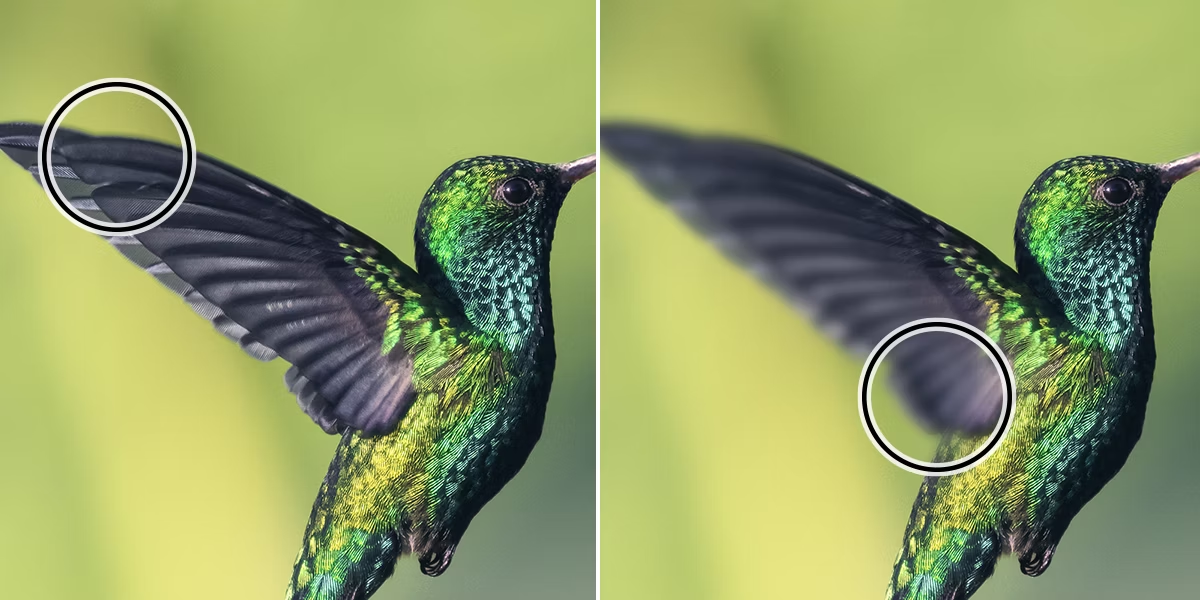Car covers are essential accessories for vehicle owners who want to protect their cars from various environmental factors. These covers shield cars from harsh weather conditions, including rain, snow, and extreme temperatures. They also provide protection against dust, bird droppings, and other potential sources of damage. By investing in a high-quality car cover, vehicle owners can extend the lifespan of their car’s exterior and maintain its aesthetic appeal.
Car covers come in a variety of materials, each offering different levels of protection. For example, some materials are designed to repel water, while others provide UV protection to guard against sun damage. The choice of material and color can significantly impact the effectiveness of the cover. This article will delve into the question: Do Blue Car Covers Reflect Sunlight? We will explore how the color blue affects the performance of car covers in reflecting sunlight and how this impacts the overall protection and temperature regulation for your vehicle.
The Role of Color in Car Covers
Color plays a crucial role in the effectiveness of car covers. The color of a car cover can influence how much sunlight it reflects or absorbs, affecting the temperature of the car underneath. Light colors, such as white and silver, are known for their reflective properties, which help to keep the car cool by deflecting sunlight. Conversely, dark colors, like black, tend to absorb more heat, potentially increasing the interior temperature of the vehicle.
Understanding the relationship between color and sunlight reflection can help vehicle owners choose the most suitable cover for their needs. Blue car covers, in particular, are often chosen for their aesthetic appeal and potential benefits. In the following sections, we will delve deeper into how blue car covers interact with sunlight and whether they are an effective choice for sunlight reflection.
The Science Behind Sunlight Reflection
Understanding Sunlight Reflection
Sunlight reflection is governed by the principles of physics, specifically the way light interacts with surfaces. When sunlight hits an object, it can either be absorbed, reflected, or transmitted. The degree to which light is reflected depends on the surface’s color, texture, and material. White and silver surfaces are highly reflective, bouncing a significant amount of light away from the object, while darker surfaces absorb more light and convert it into heat.
The concept of reflectivity is critical when evaluating car covers, as it directly affects the temperature regulation of the vehicle. Reflective surfaces help to minimize heat buildup, thereby maintaining a cooler temperature inside the car. This principle is applied to car cover designs to enhance their protective capabilities against the sun’s rays.
Color and Reflectivity
The color of a car cover plays a significant role in its reflective properties. Light colors, such as white, silver, and light blue, are known for their high reflectivity, which helps in deflecting sunlight and keeping the car cooler. On the other hand, darker colors, including black and navy blue, absorb more sunlight, leading to higher temperatures underneath the cover.
Blue car covers, being in the mid-range of the color spectrum, offer a balance between reflectivity and heat absorption. While not as reflective as white or silver, blue covers still provide some level of protection against sunlight. The specific shade of blue and the material used can influence how well the cover performs in reflecting sunlight and maintaining a cooler interior temperature.
The Role of Blue in Sunlight Reflection
Does Blue Reflect Sunlight?
Blue, as a color, has moderate reflective properties compared to lighter colors. The reflectivity of blue car covers depends on the shade of blue and the material used in the cover. Lighter shades of blue tend to reflect more sunlight than darker shades, which may absorb more heat. Blue car covers, therefore, provide a moderate level of protection against sunlight, offering a balance between aesthetics and functionality.
The effectiveness of a blue car cover in reflecting sunlight can be influenced by the cover’s material. For instance, covers made from reflective materials or those with a metallic finish can enhance the blue cover’s ability to deflect sunlight. This helps in reducing the interior temperature of the vehicle and protecting it from potential sun damage.
Blue vs. Other Colors
When comparing blue car covers to other common colors, such as silver, white, and black, several differences emerge in terms of sunlight reflection. Silver and white covers are known for their high reflectivity, making them more effective in deflecting sunlight and maintaining cooler temperatures. Blue covers, while less reflective than silver or white, still offer a moderate level of protection.
Black car covers, in contrast, absorb the most sunlight and heat, leading to higher temperatures under the cover. When choosing between blue and other colors, it’s essential to consider both the aesthetic preferences and the functional benefits of the cover. Blue car covers strike a balance between visual appeal and practical performance, making them a popular choice for many vehicle owners.
Do Blue Car Covers Reflect Sunlight Effectively?
Analyzing the Reflective Properties of Blue Car Covers
Blue car covers offer moderate effectiveness in reflecting sunlight. The specific level of reflectivity depends on the shade of blue and the type of material used. Lighter blue shades tend to be more reflective, while darker blues may absorb more heat. Additionally, car covers made from reflective materials or those with a metallic coating can enhance the blue cover’s ability to deflect sunlight.
To determine the effectiveness of a blue car cover in reflecting sunlight, it’s important to consider real-world conditions. Factors such as the intensity of sunlight, the angle of the sun, and the duration of exposure can all influence the performance of the cover. Despite their moderate reflectivity, blue car covers can still provide valuable protection against sun damage, especially when compared to darker colors.
Real-World Performance
In real-world scenarios, blue car covers generally perform well in reflecting sunlight, though they may not be as effective as lighter colors like white or silver. The performance of a blue car cover can vary based on factors such as the specific shade of blue, the cover’s material, and the environmental conditions. In sunny climates or during prolonged exposure to sunlight, blue car covers can help reduce heat buildup and protect the vehicle’s exterior from potential damage.
For optimal performance, it’s advisable to choose a blue car cover made from high-quality, reflective materials. This will enhance the cover’s ability to deflect sunlight and maintain a cooler temperature inside the vehicle. Regular maintenance and proper care of the car cover can also contribute to its effectiveness in providing protection against sunlight.
Benefits of Blue Car Covers
Protection from UV Rays
One of the primary benefits of blue car covers is their ability to protect vehicles from harmful UV rays. UV rays can cause significant damage to a car’s exterior, including fading paint, deteriorating trim, and weakening the vehicle’s surface. Blue car covers, especially those made from UV-resistant materials, help to shield the vehicle from these harmful rays, preserving its appearance and value.
In addition to protecting the car’s exterior, blue car covers also help to minimize interior damage caused by UV exposure. Prolonged exposure to sunlight can lead to fading and cracking of the car’s interior components. By using a blue car cover, vehicle owners can reduce the amount of UV radiation that reaches the interior, helping to maintain the condition of seats, dashboards, and other interior elements.
Temperature Regulation
Another significant benefit of blue car covers is their impact on temperature regulation. While blue covers may not be as effective as lighter colors in reflecting sunlight, they still offer a degree of temperature control. By deflecting a portion of the sunlight, blue car covers help to reduce the interior temperature of the vehicle, making it more comfortable for occupants.
The ability of a blue car cover to regulate temperature can also contribute to improved fuel efficiency. Excessive heat inside the car can lead to increased use of the air conditioning system, which may result in higher fuel consumption. By keeping the interior temperature lower, a blue car cover can help reduce the need for excessive air conditioning, promoting better fuel efficiency.
Also Read: Turn hobbies into a Profitable side Hustle Lumolog
Potential Drawbacks of Blue Car Covers
Heat Absorption
One potential drawback of blue car covers is their ability to absorb heat. Compared to lighter colors, blue covers may absorb more sunlight, leading to increased heat buildup under the cover. This can result in higher temperatures inside the vehicle, particularly in hot climates or during prolonged exposure to sunlight.
The extent of heat absorption depends on the specific shade of blue and the material used in the cover. Darker shades of blue are more likely to absorb heat, while lighter shades may offer better heat management. To mitigate this issue, it’s essential to choose a high-quality blue car cover that incorporates reflective materials to enhance its performance in managing heat.
Aesthetic Considerations
While blue car covers offer practical benefits, aesthetic considerations may also come into play. The color blue may not appeal to everyone, and some vehicle owners may prefer different colors based on personal taste or the vehicle’s appearance. Additionally, blue car covers may show dirt and stains more prominently compared to lighter colors, potentially requiring more frequent cleaning.
Despite these considerations, blue car covers can still be a stylish and functional choice for many vehicle owners. The key is to select a cover that meets both aesthetic preferences and practical needs, ensuring that it provides effective protection while complementing the vehicle’s overall look.
Blue Car Covers vs. Other Colors
Blue vs. Silver
When comparing blue car covers to silver ones, several differences emerge in terms of sunlight reflection and heat management. Silver car covers are known for their high reflectivity, making them highly effective in deflecting sunlight and keeping the car cooler. Blue car covers, while less reflective than silver, still offer moderate protection against sunlight.
Silver covers may be a better choice for those seeking maximum heat reduction and sunlight reflection. However, blue car covers provide a balance between functionality and aesthetics, making them a popular choice for those who value both style and performance.
Blue vs. White
White car covers are renowned for their exceptional reflectivity and heat management capabilities. They are highly effective in deflecting sunlight and maintaining a cooler interior temperature. Blue car covers, on the other hand, offer moderate reflectivity and may not be as effective as white covers in extreme sunlight conditions.
For optimal heat reduction and sunlight protection, white car covers may be preferable. However, blue car covers still provide valuable benefits and can be a stylish alternative for those who prefer a different color.
Blue vs. Black
Black car covers are known for their heat absorption properties, absorbing a significant amount of sunlight and potentially increasing the interior temperature. In contrast, blue car covers offer moderate reflectivity and are less likely to absorb as much heat as black covers.
For those concerned about heat buildup and sunlight absorption, blue car covers are a better option than black ones. They provide a balance between heat management and aesthetic appeal, making them a practical choice for many vehicle owners.
Materials and Their Impact on Reflection
Common Materials for Car Covers
Car covers are made from various materials, each offering different levels of protection and performance. Common materials include polyester, nylon, cotton, and vinyl. Each material has its advantages and limitations in terms of reflectivity, durability, and weather resistance.
Polyester and nylon are popular choices for their durability and resistance to weather conditions. They often incorporate reflective coatings or treatments to enhance their sunlight protection capabilities. Cotton car covers, while soft and breathable, may not offer the same level of UV resistance as synthetic materials. Vinyl covers are highly water-resistant but may not be as effective in reflecting sunlight.
How Material Affects Reflectivity
The material used in a blue car cover can significantly impact its reflective properties. Reflective coatings or treatments can enhance the cover’s ability to deflect sunlight, regardless of its color. For instance, covers with a metallic finish or specialized reflective layers can improve the performance of blue car covers in managing sunlight and heat. When considering whether do blue car covers reflect sunlight, selecting a car cover with high-quality reflective materials becomes crucial. Such materials can enhance the effectiveness of blue car covers in sunlight reflection and temperature regulation. It is essential to choose a cover that combines both effective materials and the desired color to achieve optimal performance and protection for your vehicle.
How to Choose the Right Blue Car Cover
Factors to Consider
When choosing a blue car cover, several factors should be considered to ensure optimal performance and protection. These factors include the cover’s material, thickness, and reflective properties. It’s essential to select a cover that offers adequate protection against sunlight while also being durable and easy to maintain.
The fit of the car cover is also crucial. A well-fitting cover provides better protection and prevents dirt and debris from getting under the cover. Custom-fit covers, although more expensive, often provide a better fit and enhanced performance compared to universal covers.
Custom vs. Universal Blue Car Covers
Custom blue car covers are tailored to fit specific vehicle models, offering a precise fit and superior protection. They are designed to accommodate the unique dimensions and features of the vehicle, ensuring a snug fit that minimizes exposure to environmental elements.
Universal blue car covers, on the other hand, are designed to fit a range of vehicle sizes and shapes. While they offer flexibility and affordability, they may not provide the same level of protection or fit as custom covers. Choosing between custom and universal covers depends on individual preferences and budget considerations.
Maintenance Tips for Blue Car Covers
Cleaning and Care
Proper maintenance of blue car covers is essential to ensure their longevity and effectiveness. Regular cleaning helps to remove dirt, dust, and stains that can affect the cover’s performance. Most car covers can be washed using mild soap and water, but it’s important to follow the manufacturer’s instructions for cleaning to avoid damaging the cover.
It is also advisable to periodically inspect the cover for any signs of wear or damage. Promptly addressing any issues can help to extend the cover’s lifespan and maintain its protective capabilities. Avoid using harsh chemicals or abrasive cleaners that can damage the cover’s material or reflective coating.
Storage Solutions
Proper storage of blue car covers is crucial for preserving their condition and functionality. When not in use, it is best to store the cover in a cool, dry place away from direct sunlight. Avoid folding or compressing the cover too tightly, as this can cause creases or damage to the material.
Using a storage bag or container can help protect the cover from dust and environmental elements. Additionally, ensure that the cover is completely dry before storing it to prevent mold and mildew growth. Following these storage tips will help maintain the cover’s effectiveness and extend its service life.
Conclusion
Blue car covers offer a balanced approach to sunlight reflection and protection. While not as reflective as lighter colors like white or silver, the question “Do Blue Car Covers Reflect Sunlight?” is answered with a moderate yes. Blue covers provide a moderate level of protection against sunlight and heat. The effectiveness of a blue car cover in reflecting sunlight depends on factors such as the shade of blue, material, and reflective coatings.
In real-world scenarios, blue car covers perform well in managing sunlight and temperature, though they may not be the most effective option for extreme conditions. Choosing a high-quality blue car cover with reflective properties can enhance its performance and provide valuable protection for your vehicle.
When selecting a blue car cover, it is important to consider both aesthetic preferences and functional benefits. Blue car covers offer a stylish alternative to traditional colors while still providing moderate protection against sunlight and heat. By choosing the right material and fit, vehicle owners can enjoy the benefits of a blue car cover while maintaining their vehicle’s appearance and value.
Ultimately, the decision to choose a blue car cover should be based on individual needs, preferences, and the specific conditions in which the cover will be used. A well-chosen blue car cover can offer a combination of style and functionality, making it a practical choice for many vehicle owners.
FAQs
Do blue car covers fade over time?
Yes, blue car covers can fade over time due to prolonged exposure to sunlight and weather conditions. To minimize fading, it is important to choose a cover made from UV-resistant materials and to regularly clean and maintain the cover.
How does a blue car cover compare to a reflective silver cover?
A blue car cover offers moderate sunlight reflection, while a reflective silver cover provides higher reflectivity and better heat management. Silver covers are more effective in deflecting sunlight and keeping the car cooler compared to blue covers.
Is a blue car cover suitable for all climates?
Blue car covers are suitable for various climates, but their effectiveness in sunlight reflection may vary. In hot climates, a blue cover may not provide the same level of heat management as lighter colors like white or silver.
Can I use a blue car cover indoors?
Yes, a blue car cover can be used indoors to protect the vehicle from dust and potential damage. While indoor use may not require the same level of sunlight protection, a blue cover can still offer benefits in terms of cleanliness and overall vehicle care.
What is the lifespan of a blue car cover?
The lifespan of a blue car cover depends on factors such as the material, usage, and maintenance. High-quality covers that are properly maintained can last several years, while lower-quality covers may have a shorter lifespan. Regular cleaning and proper storage can help extend the cover’s service life.










